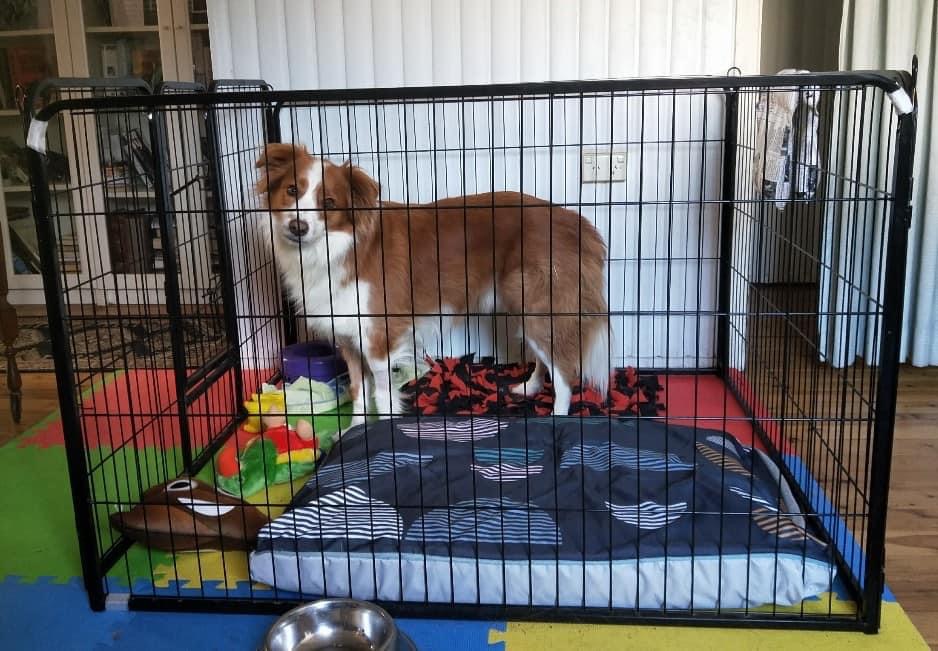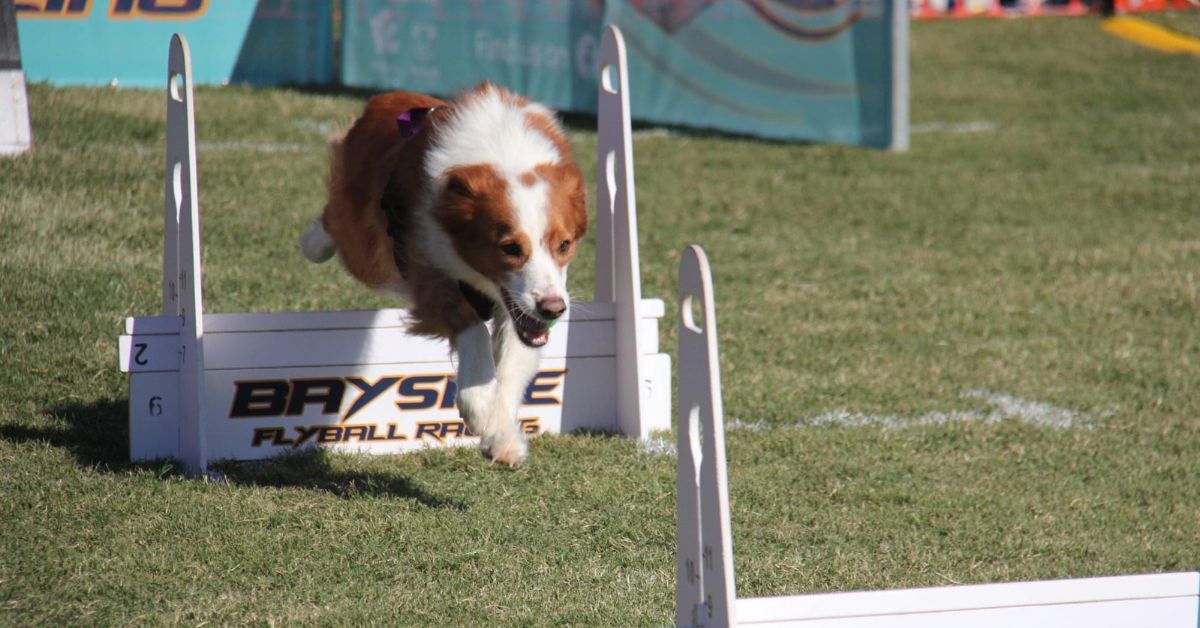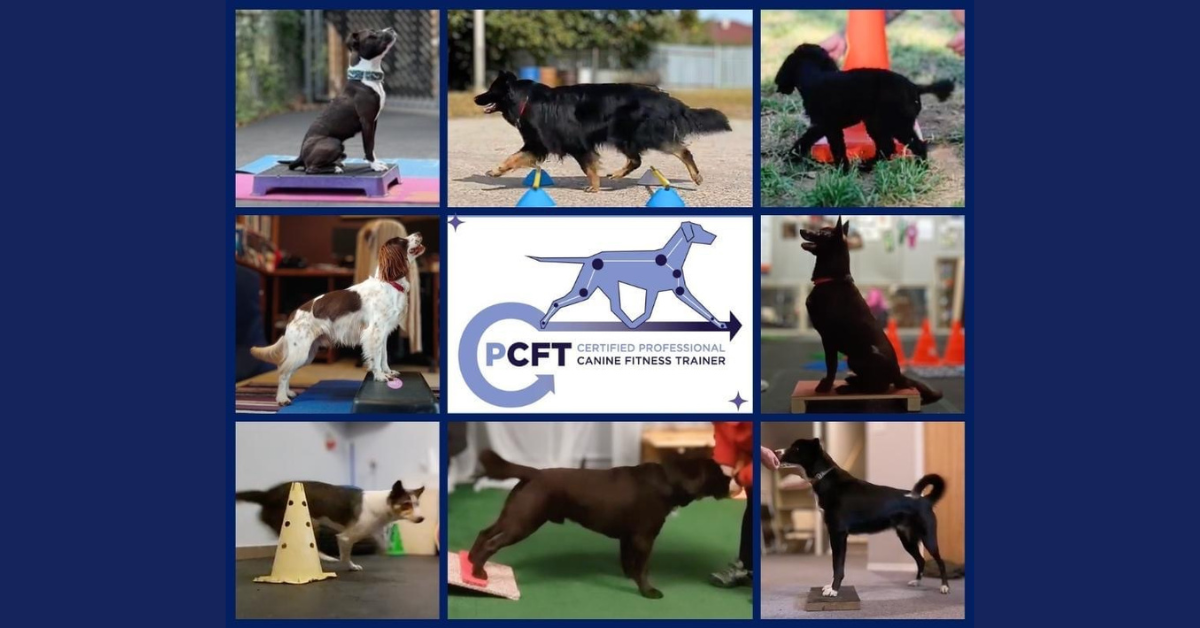Then in 2019 he was suddenly struck down with lameness on his right hind leg, quick actions by his physiotherapist and a referral to ARH in Sinnamon Park and Clancy was scheduled for surgery within a few days to repair a partial tear in his right CCL.
With a multi-modal approach to rehabilitation, including, specialist treatment, physiotherapy, and hydrotherapy in the form of underwater treadmill and swimming at home, Clancy was in the best hands to recover fully.


It was a long road to recovery, commencing with confinement for 2 weeks, with lead walks for toileting only. Over a period of 6 weeks his lead walks were gradually increased, but he was always on lead and confined within the house. At 6 weeks post op he saw the physiotherapist again and was given some at home biomechanical exercises which were performed at least 3 times a day.
His first swim was at 8 weeks post op and was for less than 5 mins. He was on lead and confined for 6 months.
During this time he attended hydrotherapy sessions in an underwater treadmill. The reduction of weight bearing enabled him to do more than he could do on land at that time. This combined with regular physio visits, swimming and the at home bio exercises helped him to rebuild his musculature to his hind leg.

The plan was for him to start training back at Flyball during 2020, but Covid put a halt to all training and again in 2021 both Covid and the terrible weather contributed to a delayed return to his beloved sport. His dedicated owner did not give up and continued with swimming at home, strength and sprint exercises to keep him as lean and fit as he could be.
Finally this year, he made his return to racing, only a few races to start with, but then last weekend, almost 3 years to the day from his surgery, he completed a full competition, once again being one of the rock solid racing dogs and equalling his pre injury speeds. None of this could have been possible without the combined dedication of his rehabilitation team and owner.

Whilst I cannot claim to have had any part in his recovery thus far, other than cheering him on from the sidelines last weekend, Clancy is now attending my clinic to continue and maintain his fitness through sessions within the underwater treadmill.




